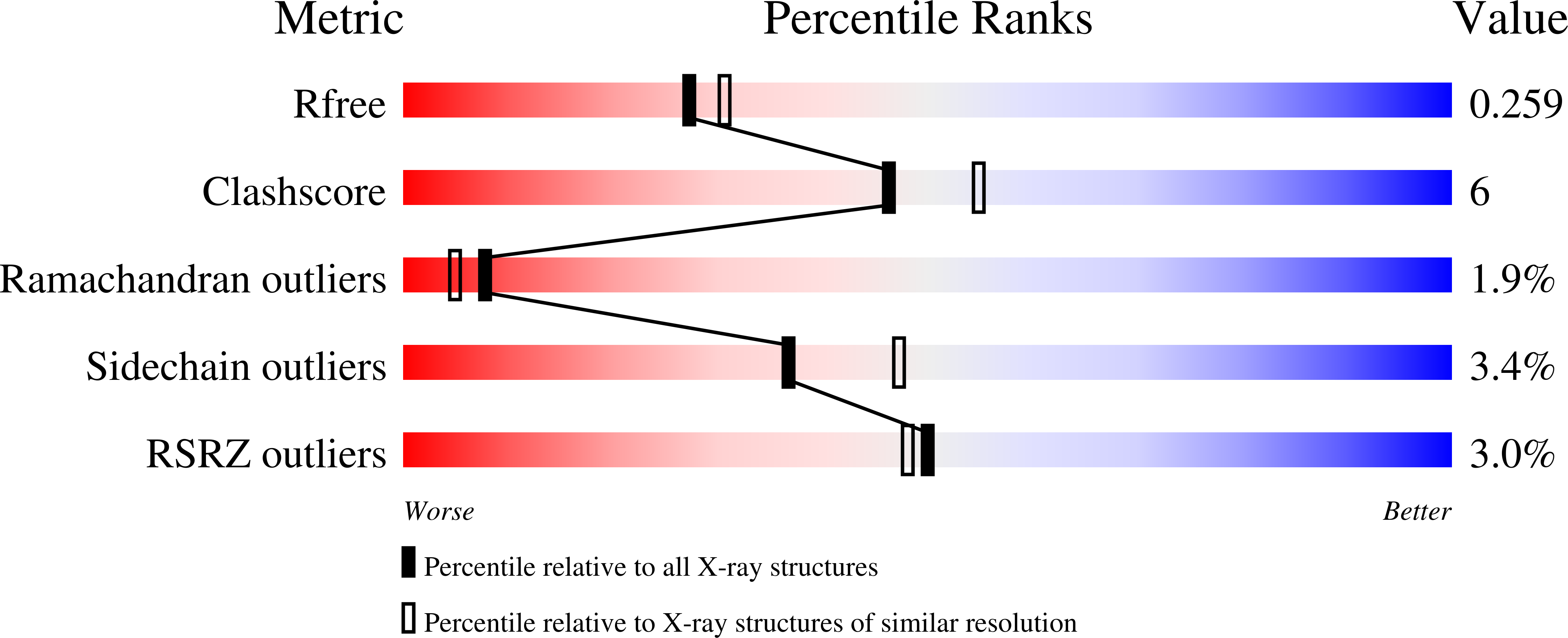
Deposition Date
2010-10-20
Release Date
2011-11-30
Last Version Date
2022-05-04
Entry Detail
PDB ID:
3PBJ
Keywords:
Title:
Hydrolytic catalysis and structural stabilization in a designed metalloprotein
Biological Source:
Source Organism:
artificial gene (Taxon ID: 32630)
Method Details:
Experimental Method:
Resolution:
2.20 Å
R-Value Free:
0.26
R-Value Work:
0.20
R-Value Observed:
0.20
Space Group:
P 1 21 1


